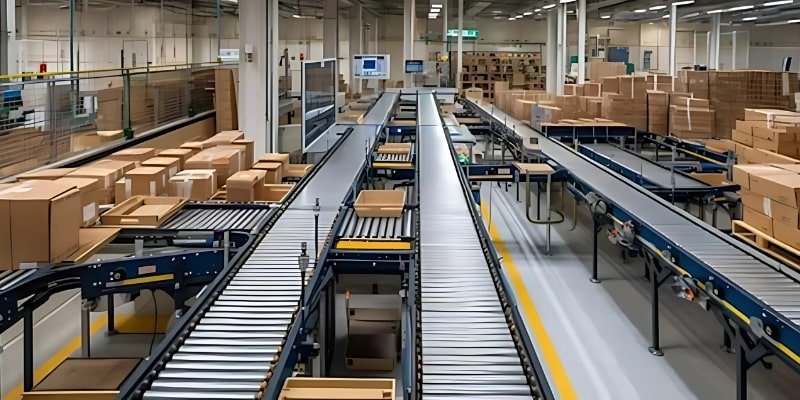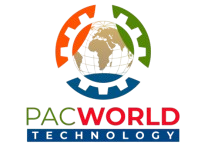
Conveyor Line Assembly refers to the use of conveyor systems in manufacturing and assembly processes to transport products or components from one workstation to another. Conveyor lines are integral to modern production and assembly lines, as they increase efficiency, streamline workflows, and ensure the smooth movement of materials throughout the production process. Conveyor line assembly is particularly valuable for tasks that require parts to be moved in a continuous or semi-continuous manner.
Key Components of a Conveyor Line Assembly
Conveyor belts are the most common, utilizing a continuous loop of material to transport goods along the line. Roller conveyors feature a series of rollers that allow gravity or power to move items, ideal for heavier, uniform products. Chain conveyors use durable chains to move large or heavy loads, providing robust performance in demanding environments. Pneumatic conveyors use air pressure to move lightweight materials through tubes, making them suitable for bulk material handling. V-Guide conveyors ensure precise alignment of the conveyor belt, guiding it along a fixed path and making it ideal for small or delicate items.
Advantages of Conveyor Line Assembly
Conveyor line assembly significantly enhances efficiency by automating the movement of materials between workstations, leading to faster production speeds. This automation also reduces labor costs by eliminating the need for manual material handling, allowing workers to focus on more complex tasks that require human intervention. Additionally, conveyor systems provide consistency and precision, ensuring components are positioned and handled uniformly at each station, which improves overall product quality. By organizing the workflow and minimizing clutter, conveyor lines also contribute to space optimization, making the most of available floor space.
Applications of Conveyor Line Assembly
In automotive manufacturing, they are essential for assembling vehicle parts such as engines, body components, and interiors, ensuring a smooth and efficient workflow. In electronics assembly, conveyor systems move circuit boards and other electronic components through testing, assembly, and packaging stages, enhancing precision and speed. The food and beverage industry also benefits from conveyor lines by transporting products like bottles, cans, and packaged goods through production, labeling, and inspection stations, maintaining consistency and hygiene.
PAC World Technology’s Contribution to Conveyor Line Assembly
PAC World Technology specializes in designing and integrating conveyor systems into assembly lines. Their expertise can help optimize production flow, from material handling to final assembly and packaging. The company can also provide solutions for incorporating automated features, like robotic arms or inspection systems, into the conveyor line to enhance efficiency and product quality.

